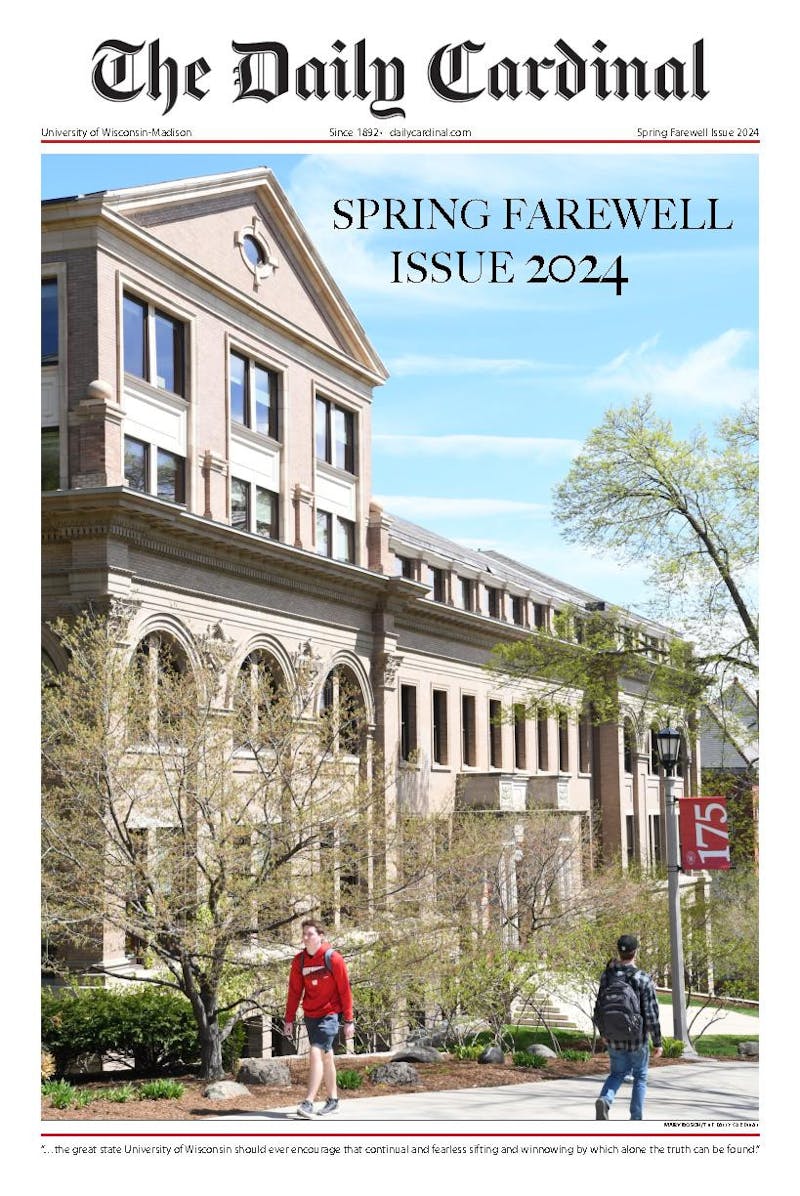When a longstanding publication such as The New York Times goes out of its way to make a sweeping claim about the state of the music industry, it often reads like a crotchety music man wagging his finger at millennials from the comfort of a velvet recliner chair. But an article published in March, “Why We’re Not Making Plans for Coachella and Bonnaroo” by Jon Caramanica, Ben Ratliff and Jon Pareles, caused many to pause and reconsider the value of the festivals they’ve held true to heart.
The piece goes into detail about the homogenization of large festivals in regard to everything from lineups to crowds to overall experience. But what stood out the most to me was one specific line. “We have lots of dialogues, internal and otherwise, about what music critics are for. They’re for, among other things, registering seismic pop events. But they’re also for not registering them, as a critical gesture.”
These few sentences, while written as if they were common knowledge, highlight an aspect of music journalism that nobody really talks about: exclusion as critique, existence as success. Blogs, newspapers and magazines only have so many words, pages, dollars to spend on artists and stories, what does it symbolize when one album review is chosen over another?
Of course, limited resources will always be a factor in deciding who and what to expose via journalism. It wouldn’t make sense to do an in-depth analysis of a soundcloud mixtape with 200 views per song because people only tend to invest reading and time into things they’re already familiar with. It’s why poorly reviewed pop artists are allotted more paragraphs than acclaimed niche artists.
This mentality undoubtedly makes sense for massive music festivals, which are the focus of the article. They’ve become so homogenized and profit-driven that reporting on large festivals over a smaller scale concert or album is a disservice to those putting in tireless efforts to create special events, such as Jeff Tweedy’s community-driven Solid Sound festival. Exclusivity can also be a powerful tool for people to shut out voices that pay their way to exposure. There’s bands with millions of YouTube plays and songs that would fit many publications standards for reviewability (think Twenty One Pilots, Shawn Mendes, hundreds of EDM artists, etc.) but are passed on because critics can see through a carefully crafted and marketed image to see these musicians as yet another “flavor of the month” industry rotation stop.
Though even the most unassuming products of pop music can have their time in the spotlight, for a paper as influential and wide-reaching as the New York Times, the decision to include certain artists in their coverage truly has the power to change general public perception. When over 1.5 million people receive the New York Times Magazine article “25 Songs That Tell Us Where Music Is Going,” they’ll internalize the Twenty One Pilots song “Stressed Out” as the 23rd most impactful song of this century and other songs as, well, not so impactful.
Treating coverage as history has the unhealthy implication that those locked out of the gates of media coverage have somehow underperformed in their musical journey. Given this mentality, a Mates of State album scoring a 3.9 on Pitchfork has achieved something greater than the thousands and thousands of albums declined a review, due solely to its mere existence in the critical sphere. No single publication can report every quiver of cultural impact from every facet of the art world, but labeling the exclusion of artists as a judgement of their impact is irresponsible and unfair to those that don’t fit the editorial voice or audience of a publication. A wealth of artists and songs would fit The Times’ standards to represent the future of music, yet would fail to get an approval from a skeptical editor or final review board.
This situation evokes similar feelings to when I began distrusting the numbered rating system for album reviews. How is it possible that a multi-month studio effort with endless collaborators like To Pimp A Butterfly can be assessed with the same score criteria as the first-effort mixtape "Lil Boat" by Lil Yachty? The former received a praiseworthy 9.3 by Pitchfork, while the latter was given a 4.8.
It’s a flaw of the review system, not a necessary law of journalism. In a similar vein, the inability to report on every musical happening should not heighten the importance of the selection process by music critics, especially when such decisions have to run through editors and meetings before clearing standards for voice and audience.
If history is written by the victors, then those coming out on top in the industry will be those who can cleanly and explicitly tie their work to a narrative ripe for analysis and think pieces. Meanwhile, some of the most important and unique artists of our generation will have a hard time fitting a pitch-perfect story fit for publication. One could write a graduate thesis statement about the cultural impact and appeal of Lil B, yet he may only reach the suburban middle-class readership of the New York Times in the form of a show review or two. This is while Mumford and Sons gets several write-ups and features that chronicle a band which perfectly fits the token for a forgettable yet marketable shell of folk artists.
It’s true that the most crucial job of the music critic is to share with their readers not just what they like, but stories and people that are moving culture forward. However, prioritizing the inverse of this, and glorifying the erasure of stories as a means of identifying what truly is important, unfairly bestows writers with the power of willing music careers in and out of history and existence. After all, it’s the musicians themselves who are the true workhorses of the industry, pouring pain and life stories into works which shift the world; critics are just along for the ride.





